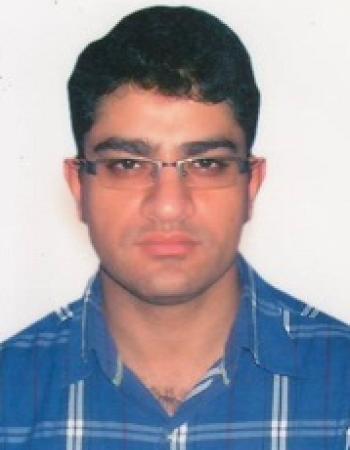High-dose aspirin reverses tartrazine-induced cell growth dysregulation independent of p53 signaling and antioxidant mechanisms in rat brain
Tartrazine, an azo dye used in food, cosmetics, and pharmaceuticals with the effects on cell cycle, is not well understood.Therefore,
we investigated the toxicity of tartrazine in rat brain with high-dose aspirin.MaleWistar rats (n = 24) were divided into (C) control,
(T) tartrazine (700 mg/kg body weight [BW] at weeks 1 and 2), (A) aspirin (150 mg/kg [BW] at weeks 1, 2, and 3), and (TA)
aspirin + tartrazine (150 mg/kg [BW] aspirin at weeks 1, 2, and 3 and 700 mg/kg [BW] tartrazine at weeks 1 and 2) groups. The
expression of p53, B cell lymphoma-2 extra-large (Bcl-xL), cyclin-dependent kinase 2 (CDK2), p27, and Ki67 was evaluated by
quantitative reverse-transcription PCR. A histopathological analysis of brain tissue and oxidative stress level was assessed based
on reduced glutathione (GSH), ascorbic acid (AA), and malondialdehyde levels.We found that Bcl-xL, Ki67, CDK2, and p27 were
upregulated and p53 was downregulated in the tartrazine-treated group as compared to the control group. Aspirin administration
reversed these changes except P53 expression. Tartrazine had no effect on lipid peroxidation but altered AA and GSH levels with
no reversal by aspirin treatment. Histopathological analysis revealed that aspirin prevented tartrazine-induced damage including
increased perivascular space and hemorrhage. These results indicate that aspirin protects the brain fromtartrazine-induced toxicity
independent of p53 signaling and antioxidant mechanisms.



